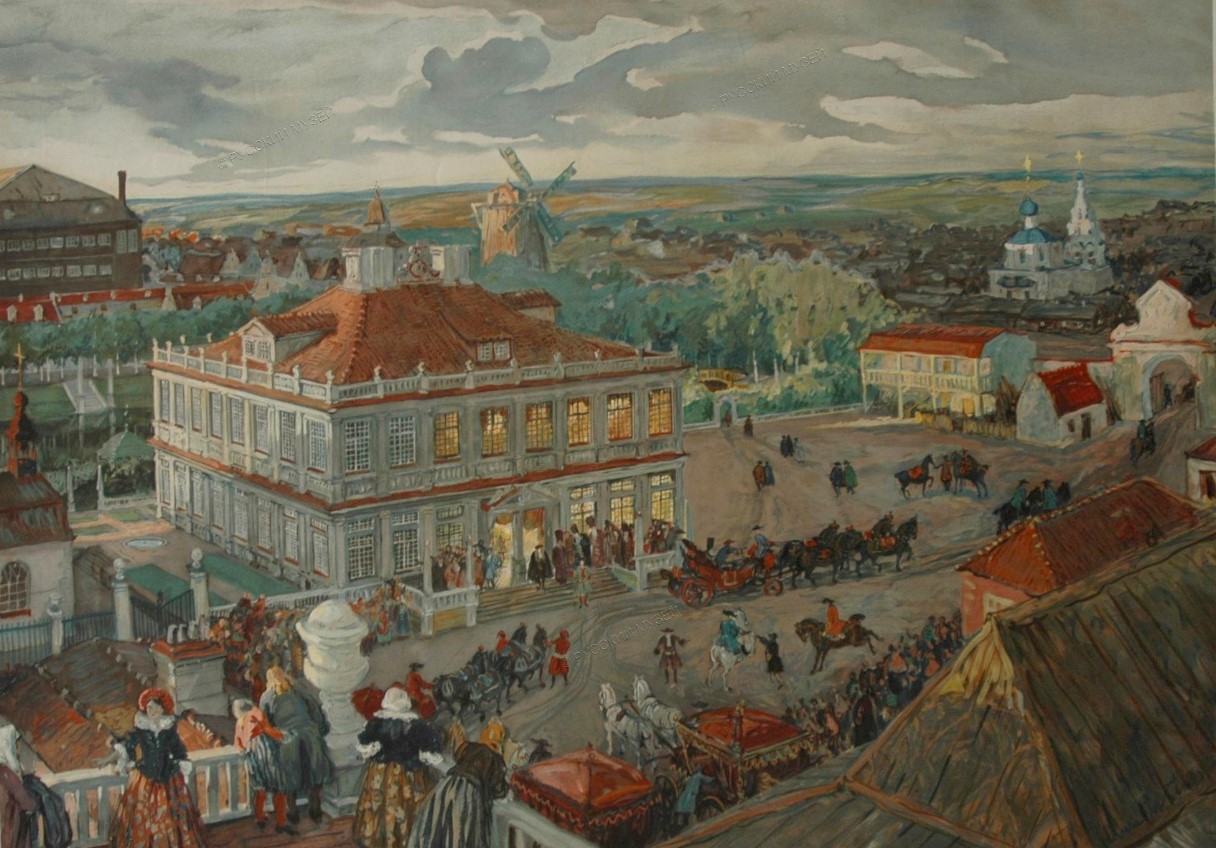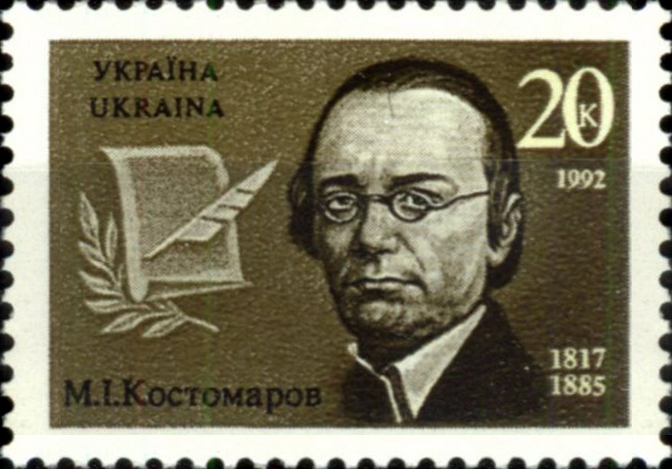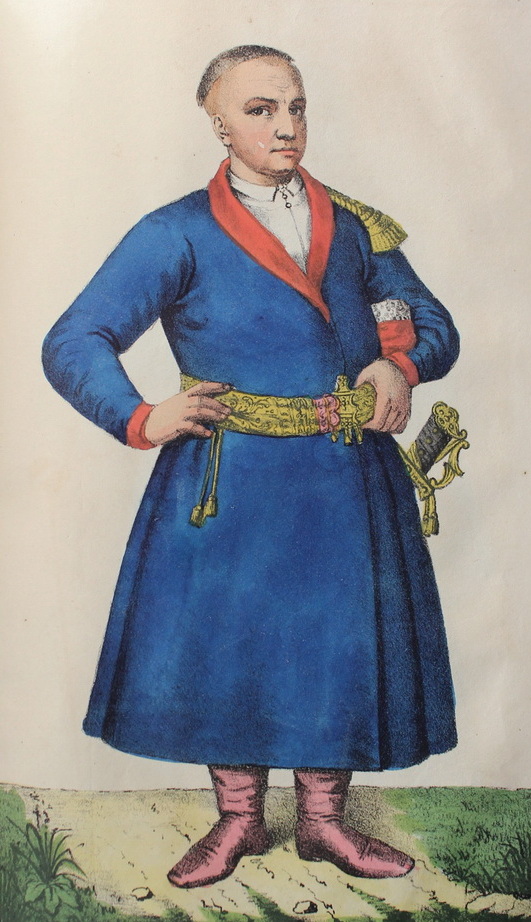|
Posad People
Posad People (Black Townspeople, Townspeople, Civilians) were a class of medieval (feudal) East Slavic lands (Kievan Rus, Grand Duchy of Moscow, Russian Tsardom, etc.), whose duties were to bear the tax (black people), that is, pay monetary and natural taxes, as well as perform numerous duties. The name of the handicraft and commercial population of the cities – "posad people" – comes from the word "posad".Encyclopedic Dictionary of Brockhaus and Efron When writing applications (petitions) to orders, the townspeople and Peasants were written not as Kholops, but as "slaves and orphans". The trade and craft population of cities ( podols, posads, hundreds) created their own territorial and professional associations (organizations of Artisans, such as workshops). History The taxable population was divided according to: *Black slobodas; *Black hundreds. The townspeople settled in the black Slobodas, supplying various supplies to the royal palace and working for the palace needs. ... [...More Info...] [...Related Items...] OR: [Wikipedia] [Google] [Baidu] |
Estates Of The Realm
The estates of the realm, or three estates, were the broad orders of social hierarchy used in Christendom (Christian Europe) from the Middle Ages to early modern Europe. Different systems for dividing society members into estates developed and evolved over time. The best known system is the French ''Ancien Régime'' (Old Regime), a three-estate system which was made up of clergy (the First Estate), nobles (Second Estate), peasants and bourgeoisie (Third Estate). In some regions, notably Sweden and Russia, burghers (the urban merchant class) and rural commoners were split into separate estates, creating a four-estate system with rural commoners ranking the lowest as the Fourth Estate. In Norway the taxpaying classes were considered as one, and with a very little aristocracy, this class/estate were as powerful as the monarchy itself. In Denmark, however, only owners of large tracts of land had any influence. Furthermore, the non-landowning poor could be left outside the estates, ... [...More Info...] [...Related Items...] OR: [Wikipedia] [Google] [Baidu] |
Sloboda
A sloboda ( rus, слобода́, p=sləbɐˈda) was a kind of settlement in the history of the Old Russian regions Povolzhye, Central Russia, Belarus and Ukraine. The name is derived from the early Slavic word for "freedom" and may be loosely translated as "(tax-)free settlement"."Sloboda" '''' (1890–1906) In modern Russia, the term is used to denote a type of a rural locality in |
Urban Sociology
Urban sociology is the sociological study of life and human interaction in metropolitan areas. It is a normative discipline of sociology seeking to study the structures, environmental processes, changes and problems of an urban area and by doing so provide inputs for urban planning and policy making. In other words, it is the sociological study of cities and their role in the development of society. Like most areas of sociology, urban sociologists use statistical analysis, observation, social theory, interviews, and other methods to study a range of topics, including migration and demographic trends, economics, poverty, race relations and economic trends. Urban sociology is one of the oldest sub-disciplines of sociology dating back to the mid-nineteenth century. The philosophical foundations of modern urban sociology originate from the work of sociologists such as Karl Marx, Ferdinand Tönnies, Émile Durkheim, Max Weber and Georg Simmel who studied and theorized the economic, soc ... [...More Info...] [...Related Items...] OR: [Wikipedia] [Google] [Baidu] |
Nikolay Kostomarov
Mykola Ivanovych Kostomarov or Nikolai Ivanovich Kostomarov (russian: Никола́й Ива́нович Костома́ров, ; uk, Микола Іванович Костомаров, ; May 16, 1817, vil. Yurasovka, Voronezh Governorate, Russian Empire – April 19, 1885, Saint Petersburg) was one of the most distinguished Russian and Ukrainian historians, a Professor of Russian History at the St. Vladimir University of Kiev and later at the St. Petersburg University, an Active State Councillor of Russia, an author of many books, including his famous biography of the seventeenth century Hetman of Zaporozhian Cossacks Bohdan Khmelnytsky, the research on the Ataman of Don Cossacks Stepan Razin and his fundamental 3-volume ''Russian History in Biographies of its main figures'' (russian: Русская история в жизнеописаниях её главнейших деятелей). Kostomarov was also known as a main figure of the Ukrainian national revival soci ... [...More Info...] [...Related Items...] OR: [Wikipedia] [Google] [Baidu] |
Brockhaus And Efron Encyclopedic Dictionary
The ''Brockhaus and Efron Encyclopaedic Dictionary'' (Russian: Энциклопедический словарь Брокгауза и Ефрона, abbr. ЭСБЕ, tr. ; 35 volumes, small; 86 volumes, large) is a comprehensive multi-volume encyclopaedia in Russian. It contains 121,240 articles, 7,800 images, and 235 maps. It was published in Imperial Russia in 1890–1907, as a joint venture of Leipzig and St Petersburg publishers. The articles were written by the prominent Russian scholars of the period, such as Dmitri Mendeleev and Vladimir Solovyov. Reprints have appeared following the dissolution of the Soviet Union. History In 1889, the owner of one of the St. Petersburg printing houses, Ilya Abramovich Efron, at the initiative of Semyon Afanasyevich Vengerov, entered into an agreement with the German publishing house F. A. Brockhaus for the translation into Russian of the large German encyclopaedic dictionary ( de) into Russian as , published by the same publishin ... [...More Info...] [...Related Items...] OR: [Wikipedia] [Google] [Baidu] |
Toponymy
Toponymy, toponymics, or toponomastics is the study of ''toponyms'' (proper names of places, also known as place names and geographic names), including their origins, meanings, usage and types. Toponym is the general term for a proper name of any geographical feature, and full scope of the term also includes proper names of all cosmographical features. In a more specific sense, the term ''toponymy'' refers to an inventory of toponyms, while the discipline researching such names is referred to as ''toponymics'' or ''toponomastics''. Toponymy is a branch of onomastics, the study of proper names of all kinds. A person who studies toponymy is called ''toponymist''. Etymology The term toponymy come from grc, τόπος / , 'place', and / , 'name'. The ''Oxford English Dictionary'' records ''toponymy'' (meaning "place name") first appearing in English in 1876. Since then, ''toponym'' has come to replace the term ''place-name'' in professional discourse among geographers. Toponym ... [...More Info...] [...Related Items...] OR: [Wikipedia] [Google] [Baidu] |
Burgher (social Class)
A burgher was a rank or title of a privileged citizen of medieval towns in early modern Europe. Burghers formed the pool from which city officials could be drawn, and their immediate families that formed the social class of the medieval bourgeoisie. Admission Entry into burgher status varied from country to country and city to city. In Slovakia proof of ownership of property in a town was a condition for acceptance as a burgher. Privileges Any crime against a burgher was taken as a crime against the city community. In Switzerland if a burgher was assassinated, the other burghers had the right to bring the supposed murderer to trial by judicial combat. In the Netherlands burghers were often exempted from "corvee" or forced labor, a privilege which later extended to the Dutch East Indies. Ulbe Bosma, Remco Raben ''Being "Dutch" in the Indies: A History of Creolization and Empire''. 9971693739- 2008 "... abandoned the idea of equal rights because not all Christians could be labe ... [...More Info...] [...Related Items...] OR: [Wikipedia] [Google] [Baidu] |
Alcoholic Drink
An alcoholic beverage (also called an alcoholic drink, adult beverage, or a drink) is a drink that contains ethanol, a type of alcohol that acts as a drug and is produced by fermentation of grains, fruits, or other sources of sugar. The consumption of alcoholic drinks, often referred to as "drinking", plays an important social role in many cultures. Most countries have laws regulating the production, sale, and consumption of alcoholic beverages. Regulations may require the labeling of the percentage alcohol content (as ABV or proof) and the use of a warning label. Some countries ban such activities entirely, but alcoholic drinks are legal in most parts of the world. The global alcoholic drink industry exceeded $1 trillion in 2018. Alcohol is a depressant, which in low doses causes euphoria, reduces anxiety, and increases sociability. In higher doses, it causes drunkenness, stupor, unconsciousness, or death. Long-term use can lead to an alcohol use disorder, an incre ... [...More Info...] [...Related Items...] OR: [Wikipedia] [Google] [Baidu] |
Sotnik
Sotnik or sotnyk (, uk, сотник, bg, стотник) was a military rank among the Cossack ''starshyna'' (military officers), Strelets Troops (17th century) in Muscovy and Imperial Cossack cavalry (since 1826), the Ukrainian Insurgent Army, the Ukrainian Galician Army, and the Ukrainian People's Army. Administrative rank Holders of the rank also served as leaders of territorial units. In the Cossacks' paramilitary society of the Zaporozhian Host, Cossack Hetmanate, and Sloboda Ukraine, territories were organized along the lines of military organization and commanded by officers. During the Khmelnytsky Uprising and in the Cossack Hetmanate (17th-18th centuries), ''sotnyks'' were leaders of territorial administrative subdivisions called ''sotnyas''. Such sotnyks were subordinated to ''polkovnyks'' (colonel) who were in control of a polk (primary administrative division) and a regiment (military unit). Military ranks The word ''sotnik'' literally means ''commander of a hun ... [...More Info...] [...Related Items...] OR: [Wikipedia] [Google] [Baidu] |
Artisan
An artisan (from french: artisan, it, artigiano) is a skilled craft worker who makes or creates material objects partly or entirely by hand. These objects may be functional or strictly decorative, for example furniture, decorative art, sculpture, clothing, food items, household items and tools and mechanisms such as the handmade clockwork movement of a watchmaker. Artisans practice a craft and may through experience and aptitude reach the expressive levels of an artist. History The adjective "artisanal" is often used in describing hand-processing in contrast to an industrial process, such as in the phrase ''artisanal mining''. Thus, "artisanal" is sometimes used in marketing and advertising as a buzz word to describe or imply some relation with the crafting of handmade food products, such as bread, beverages or cheese. Many of these have traditionally been handmade, rural or pastoral goods but are also now commonly made on a larger scale with automated mechani ... [...More Info...] [...Related Items...] OR: [Wikipedia] [Google] [Baidu] |
Kievan Rus
Kievan Rusʹ, also known as Kyivan Rusʹ ( orv, , Rusĭ, or , , ; Old Norse: ''Garðaríki''), was a state in Eastern and Northern Europe from the late 9th to the mid-13th century.John Channon & Robert Hudson, ''Penguin Historical Atlas of Russia'' (Penguin, 1995), p.14–16.Kievan Rus Encyclopædia Britannica Online. Encompassing a variety of polities and peoples, including East Slavic, Norse, and Finnic, it was ruled by the , foun ... [...More Info...] [...Related Items...] OR: [Wikipedia] [Google] [Baidu] |
Posad
A posad (russian: посад, uk, посад) was a historical type of settlement in East Slavic lands since the Ancient Rus, often surrounded by ramparts and a moat, adjoining a town or a kremlin, but outside of it, or adjoining a monastery in the 10th to 15th centuries. The posad was inhabited by craftsmen and merchants and was its own distinct community, separate from the city it adjoined. Some posads developed into towns, such as Pavlovsky Posad and Sergiev Posad. During the 1920s administrative territorial reform in the Soviet Union, posads were converted into urban-type settlements. History The posad was the center of trade in Ancient Rus. Merchants and craftsmen resided there and sold goods such as pottery, armor, glass and copperware, icons, and clothing; as well as food, wax, and salt. Most large cities were adjoined by a posad, frequently situated below the main citadel and by a river. Posads were sometimes fortified with earthen walls. As posads developed, the ... [...More Info...] [...Related Items...] OR: [Wikipedia] [Google] [Baidu] |






